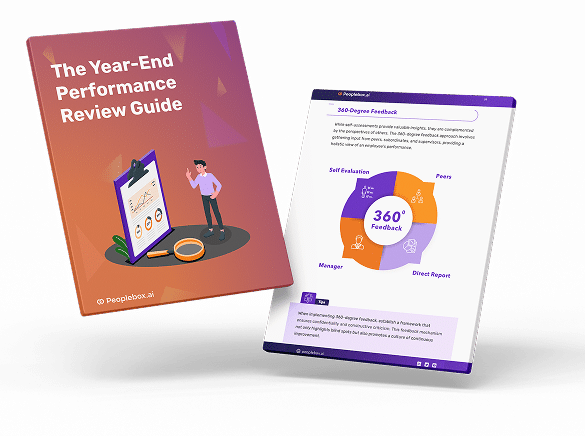Chapter‑by‑Chapter Breakdown
Download the ebook to get a ready-to-use Google Form template and learn how to turn self-reviews into real performance outcomes.
Chapter 1: Understanding the Power of Self-Reviews
Chapter 2: Introducing our Google Form Template
Chapter 3: How to Use Each Section Effectively
Chapter 4: Customizing for Your Organization
Chapter 5: Turning Self‑Reviews Into Action
Chapter 6: Scaling Reviews Across Teams






